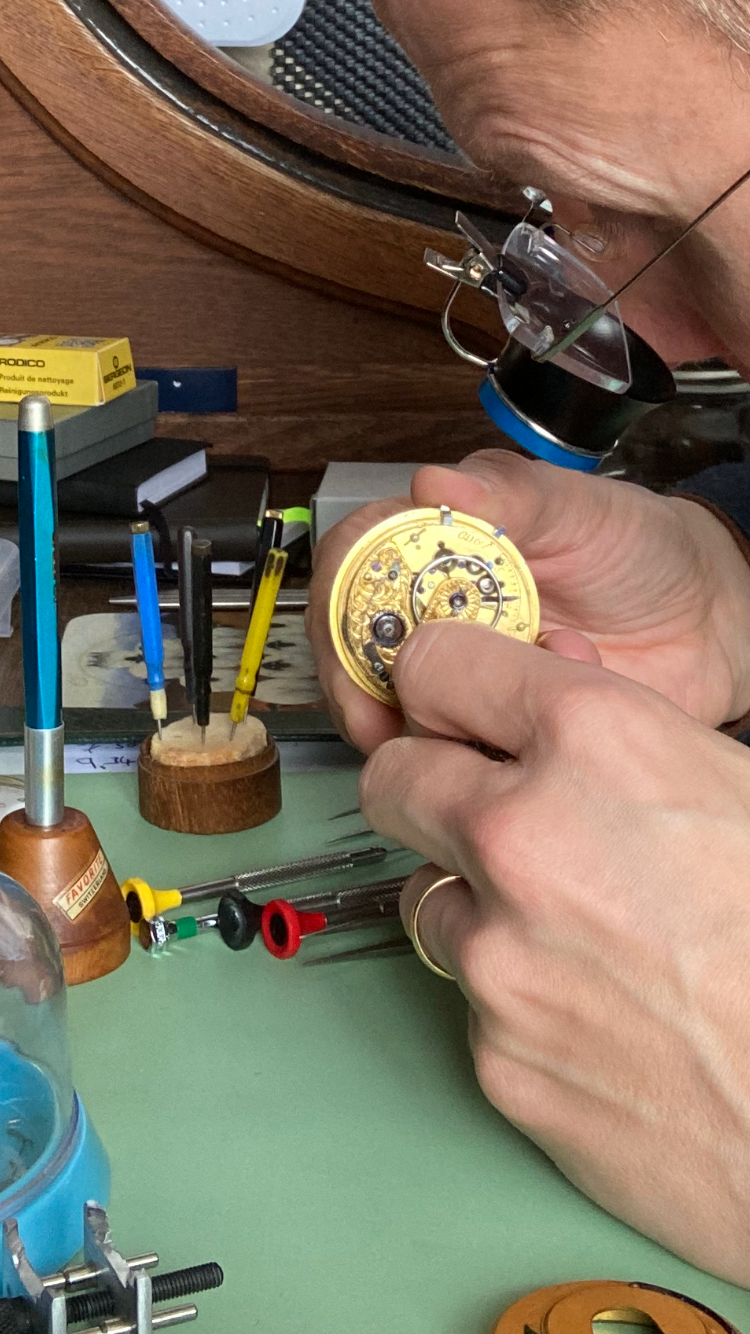-
Recently Browsing
- No registered users viewing this page.
-
Topics
-
Posts
-
I think maybe we're all a bit dim @ManSkirtBrew 🤣 99% of the time I'm working with the 0.5X Barlow, so mags from 3.5X to 22.5X. When I need a close up of a pivot or jewel, I take the Barlow out, and even put in the 2X Barlow, but it's a nuisance. So like you, I had that D'oh moment, why don't I just use 20X eyepieces (WF20X/10). They take seconds to change, and you keep the working distance. The only downsides are lower field of view, and less brightness.
-
By ManSkirtBrew · Posted
At the lowest magnification, I can just get all of a normal wristwatch size movement in field. For some things it's too much magnification, but the nice thing about the eyepieces is they only take seconds to swap in and out. I'm genuinely surprised I've never read about anyone else doing it, to be honest. -
By watchrepairIRE · Posted
I've attached two photographs - the watch case looks like it needs the crown to extend into the case to pick up the stem if that makes sense -
By nickelsilver · Posted
The K&D (Levin made the same style too, probably others as well) are a clever design and work well when you get used to them. The only issue is if you wind the spring so that the tongue goes in, there's a really good chance it slips futher and then comes out the next slot, usually breaking off. Best to size it so you can fit it in the barrel with the tongue sticking out. -
By spectre6000 · Posted
I guess that's me... I work with various pumps, motors, sensors, computers, PCBs, and lots of code and chemistry. Couldn't tell you much about life with a mechatronics degree, as I've never heard the term before. My degree is in Entrepreneurship, and I bootstrapped all the technical stuff (my superpower). On the face of it, it sounds like mechatronics is the better way to go between the two, but it seems hard to imagine a mech E degree without a lot of code and electronics these days... Whatever happened with his CS project, btw?
-







Recommended Posts